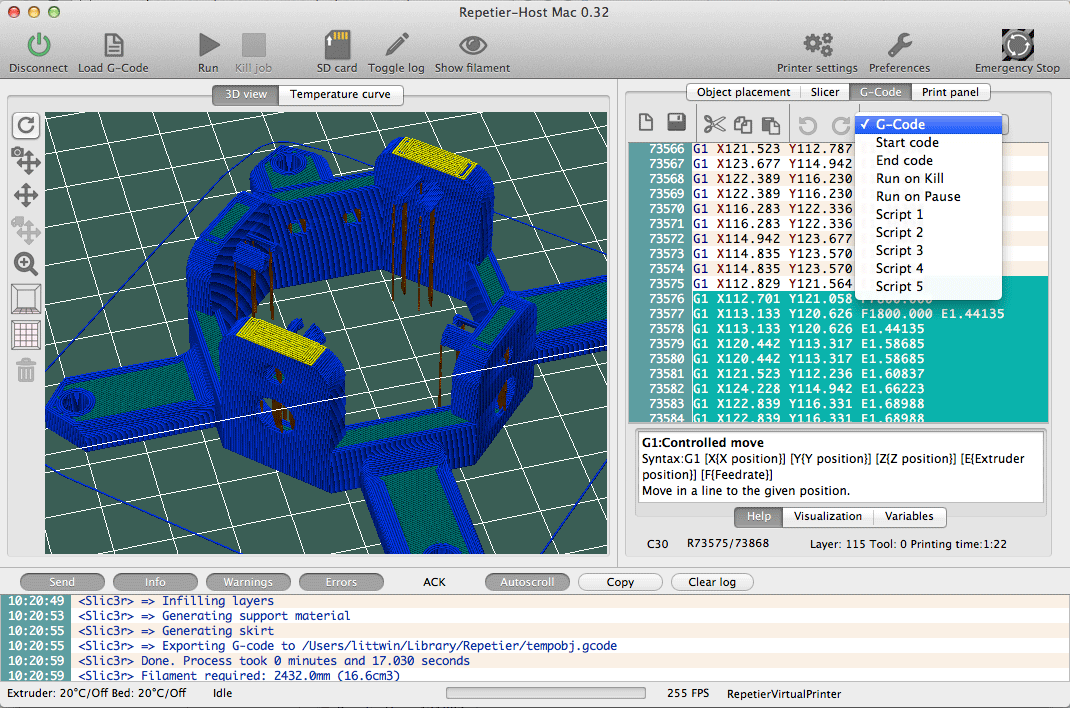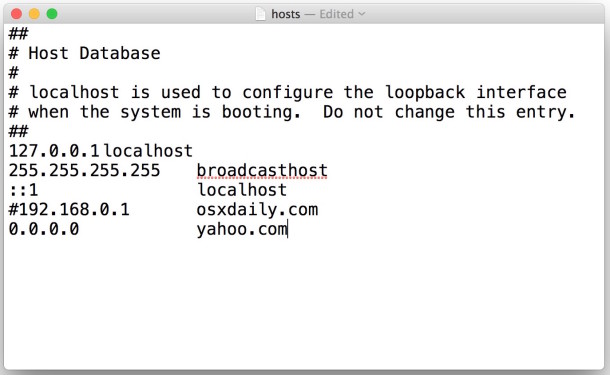System Information User Guide
Use the sidebar of the Storage pane to sort through items by category, see how much space is used, and quickly find documents, apps, books, movies, backups, and other files. Then delete what you no longer need.
Note: The categories you see vary, depending on the apps and files on your Mac.
Choose Apple menu > About This Mac, click Storage, then click Manage.
Click a category in the sidebar:
Applications, Music, and Books: These categories list files individually. To delete an item, move the pointer over the file name, then click the Delete button .
Note: If you delete an item that you got from the iTunes Store, the App Store, or Apple Books using your Apple ID, the item is still in iCloud, and you can download it again.
Documents: See all the documents on your Mac. You can quickly view large files or downloads by clicking the corresponding button, and sort files by clicking Name, Kind, Last Accessed, or Size near the top of the window. You can also click File Browser to view the contents and amount of storage used by various folders in your file system.
Note: Some folders and files that are already represented by categories in the sidebar—other than Documents—are dimmed.
To delete a file, move the pointer over the file, then click the Delete button ; click the magnifying glass to view the file in the Finder.
iCloud Drive and Mail: These categories provide general recommendations for optimizing storage. To accept the recommendation, click the button.
iOS files: See iOS backup and firmware files listed individually. To delete an item, move the pointer over the file, then click the Delete button .
Trash: In this category, click Empty Trash to erase all the items in the Trash. Move the pointer over a file, then click the Delete button to delete an individual file.

Hosts File Download
All Mac computers store a small, text based file called 'hosts'. Modifying this file is sometimes necessary to solve connection problems, set your own web server, and instruct the system to block access to specific websites (thus to prevent opening malicious websites).
Host Files Editor For Mac
- How to Edit Hosts File on Mac. By editing Mac hosts file, it’s possible to emulate DNS change and set the desired IP for a domain name. With the hosts file you can overwrite any DNS values set by your Internet service provider. This is helpful if your domain name is not yet registered or not pointed to a hosting account, but you want to preview your website.
- Choose Apple menu About This Mac, click Storage, then click Manage. Click a category in the sidebar: Applications, Music, and Books: These categories list files individually. To delete an item, move the pointer over the file name, then click the Delete button.
- Editing the Hosts File on a MAC. To edit the host file, you must first open it by double clicking it. You will notice that it is a simple file that contains just a few lines of text and characters such as pound and hash tags. The file also list the IP address of the localhost and broadcasthost. Before making changes on the hosts file.


